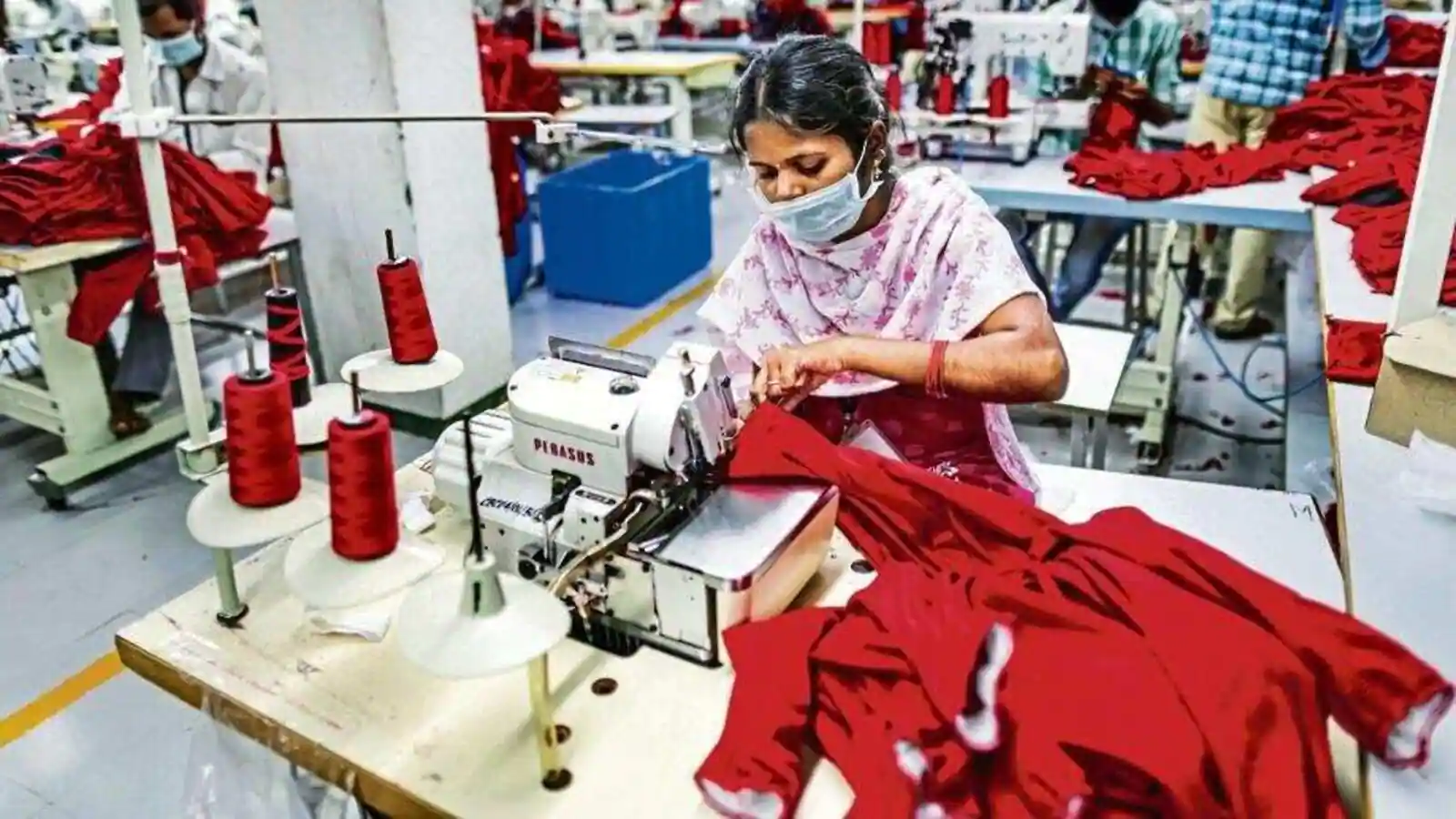What is Fabrication? In the world of Fashion a process of Garment Manufacturing. We use the term “Fabrication” commonly. Lets discuss what is the meaning of the word Fabrication ?. Just a simple work Garment fabrication is the part of final design of clothing. In this process it involve convert the raw materials like fibers and yarns in the beautiful fabrics which used in to making clothing. This includes the methods like weaving, knitting, finishing, and dyeing – steps that build the very fantastic garment’s look, feel, and performance.
Fabrication vs. Manufacturing: Clearing the Confusion
People mostly use the terms “fabrication” and “manufacturing” mutually, but there’s a big difference. Let’s break it down:
Fabrication: Focuses on creating the fabric itself – the fundamental building block of a garment and prints etc.
Manufacturing: After the work of fabrication we turned that fabric into a finished piece of clothing. This includes design, pattern-making, cutting, sewing, finishing, and packaging.
Think of fabrication as the creation of the design, while manufacturing is the art of painting a masterpiece on it.
Explore More : Wings2Fashion: Elevating Your Kurti with Exquisite Embroidery

What is Fabrication? Definition and Examples
Here’s a closer look at fabrication and the key techniques involved:
Definition: Fabrication is the process of converting raw materials (fibers or yarns) into finished fabrics ready for garment construction.
Examples: What is Fabrication work
Weaving: interlinking two types of yarns at right angles to create a fabric. Like the crisp cotton shirts, luxurious silk scarves, or durable denim jeans.
Knitting: In this process of yarn to create a stretchy, textured fabric. Examples include cozy sweaters, comfy t-shirts, or soft leggings.
Dyeing: Adding color to fibers, yarns, or fabrics. This can be done through various methods like natural dyes, reactive dyes, or pigment dyes.
Printing: Applying patterns or designs onto the fabric surface. Examples include floral prints, bold graphics, or classic stripes.
Finishing: Treatments applied to enhance fabric properties like softness, wrinkle-resistance, water-resistance, or stain-resistance.
Explore More : 15 Most Expensive Luxury Bags in the World
What is Fabrication in Research
The choices made during the fabrication process significantly impact your clothes:
Look and Feel: In Fabrication we make a garment’s texture, drape, and overall aesthetic appeal.
Durability: Some fabrics are naturally more durable for everyday wear, while others may be delicate and require special care.
Functionality: Fabrication choices can influence properties like breathability, moisture-wicking, and warmth, affecting a garment’s suitability for different activities or weather conditions.
Sustainability: Textile fabrication can have an environmental impact. Opting for eco-friendly fibers, recycled materials, or low-impact dyeing processes contributes to sustainable fashion.
Steps Involved in Fabricating Garments
Design Development: This stage entails conceptualizing designs either manually or using computer-aided design (CAD) software.
Pattern Making: Patterns are drafted based on the design, serving as templates for cutting fabric pieces.
Fabric Cutting: Fabric is cut according to the patterns, ensuring precision and minimizing wastage.
Assembly: Fabric pieces are stitched together following the designed layout.
Finishing: Final touches such as hemming, pressing, and adding closures are done to complete the garment.
Explore More: What makes USA Brand Clothing stand out?
The Art of Fabrication
After cover topic of what is fabrication work, now we have full process knowledge if Fabrication that how your final clothing design ready to wear when you buy from Stores. Here you are beware of full process of different types of fabric options and technical details of them. Now you have knowledge of clothing when you go for buy as per your styles, need and values.
Wings2fashion is leading Garment manufacture and Supplier is top Garment fabricator in India. We provide all types of service from fabric sourcing to final your design concept ready and live.
FAQs (Frequently Asked Questions)
Is fabrication the same as manufacturing?
While related, fabrication and manufacturing denote distinct processes. Fabrication involves constructing or shaping individual components, while manufacturing encompasses mass production of finished goods.
What are some examples of fabrication in the garment industry?
Fabrication in the garment industry includes cutting, stitching, and assembling fabric pieces to create finished garments.
How does 3D printing revolutionize garment fabrication?
3D printing technology allows for the creation of complex designs and prototypes with precision, reducing material waste and production time.
What are the challenges in fabricating garments?
Challenges include maintaining quality control, managing costs, and meeting tight deadlines amidst production constraints.
What are the future trends in garment fabrication?
Future trends include sustainability initiatives, smart fabrics, and the rise of on-demand manufacturing to meet evolving consumer demands.
